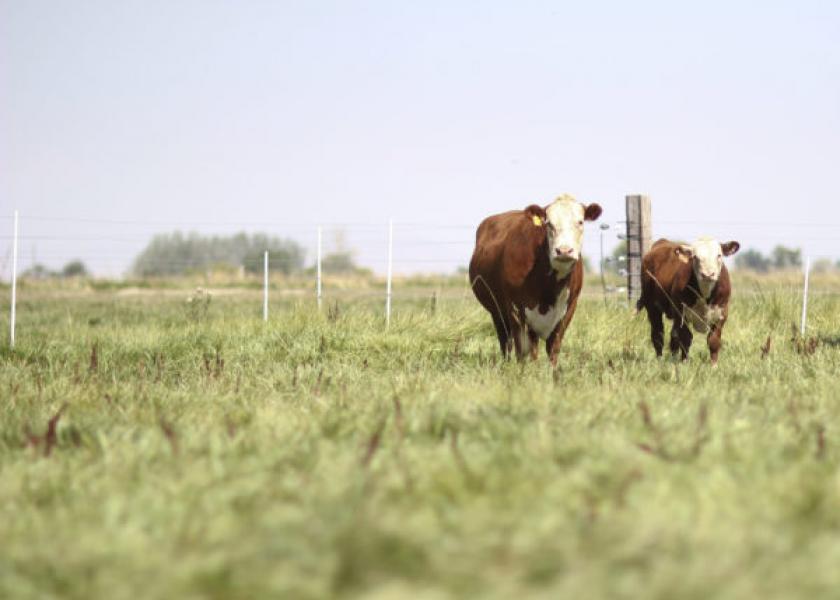Hereford Innovation Drives Improvement

The year 2019 was one of innovation for the Hereford breed. During its annual meeting this fall in Kansas City, the American Hereford Association (AHA) shared how an emphasis on information — and its community of people – is paying off.
“The U.S. cattle industry is the leader in cattle production. We produce more pounds of beef than any other country in the world. The second-closest to us is Brazil, and they do it with almost three times more cattle,” Jack Ward, AHA executive vice president told attendees. “That message is important, and it continues to show us that we need to be focused here on how we make genetic improvement in cattle — and as a seedstock producer, I think that’s your role in the industry.”
Hereford breeders have made significant genetic progress during the last decade — posting a 17% reduction in birthweights, a 20% increase in growth traits, and an impressive 150% gain in marbling since 2008.
“The Hereford breed right now is doing a great job of helping to provide tools to move us forward, to be forward-looking. For our operation, that’s been very important to us,” said Joe Ellis, longtime Hereford breeder from Chrisman, Ill.
“The genetics we’re making today are for down the road. It’s wonderful to be able to come here and see things that are thought-provoking and able to help us make decisions for our commercial customer.”
An investment in genetic improvement is coupled with an investment in people. During the annual meeting, several hundred Hereford breeders enjoyed educational workshops on sustainability, genomic testing and marketing – while also celebrating industry contributors and awarding a record $180,000 in scholarships.
“There are people here who feed cattle. There are people here who raise cow-calf, people that show cattle, and kids going to college in related industries like restaurant and hotel management,” said Ray Ramsay, Hereford breeder and president of the Hereford Youth Foundation of America. “I think it’s important for us to tell our story in a lot of different areas, and this is a place where we come together once a year as a group and vote on leadership. So, it’s important for us to analyze where we’ve been and where we want to go.”
Ward says, “All of those things really interact well with our mission at the American Hereford Association, and our focus is to create the opportunity and the kind of genetics and the tools that our members need to have to support this kind of improvement in the industry.”
Learn why ranchers are choosing to “come home to Hereford” by visiting Hereford.org.
Related stories:
Hereford Association Launches Feedout Program







